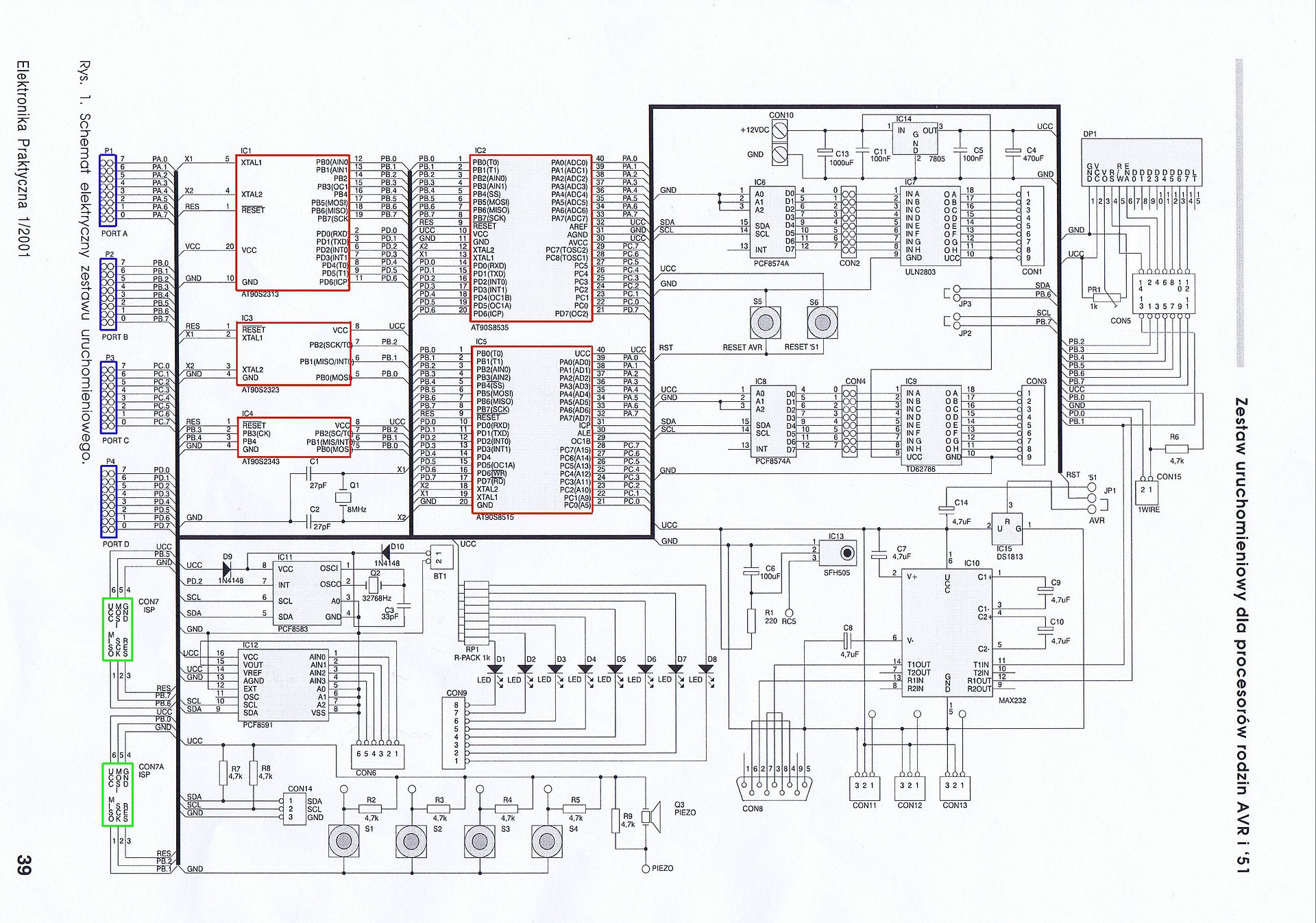
The Field Mill Voltmeter - Calibration
The following describes in general terms the basic technique tocalibrate a field mill. Although the details relate to my original prototype unit the general technique should be applicable to any Field Mill Voltmeter.
First of all lets have a look at the Field Mill and how we will tackle calibration.
In order to calibrate the fieldmill voltmeter, it is useful to try and understand that what we are really measuring is in fact electric field intensity, which has units of Volts/metre. Thus in order to carry out calibration, we need a known voltage source (V) and a known separation or distance (d) to produce our voltage gradient. We also need to ensure that the fieldmill voltmeter is situated within an even, undistorted electric field. If we try to calibrate it as shown in the diagram right, the electric field or the lines of electric flux, become distorted towards the measuring instrument and false readings will result. One of the main problems encountered when trying to measure electric field intensity is the proximity effect of the measuring instrument itself. The presence of an object, such as the field mill voltmeter will distort the lines of electric flux. Thus when attempting to take a measurement, there will be an element of error due to the disturbing presence of the object present within the electric field. For example, when we operate the VDG generator, it is not surrounded by free space. It is by necessity either contained within or in proximity to buildings and other structures. This includes the earth upon which it stands. Hence the electric field is already distorted. When using the fieldmill voltmeter, we should endeavour to to keep as far away from the voltage source as possible, in order to minimise the effects discussed above.


The basic arrangement for calibrating the fieldmill voltmeter is shown left. Two conductive metal plates form the parallel plates of a capacitor. The separation of the plates (d) is adjustable and each plate is connected to one side of a known stable d.c. voltage source (V). One plate has a hole cut centrally into it such that the fieldmill voltmeter is a close fit and the external earthed housing makes good electrical contact with the capacitor plate. When positioned correctly, the rotary vane of the fieldmill voltmeter will be positioned almost flush with the surface of the capacitor plate. The dimensions of the capacitor plates should be large in comparison to the diameter of the fieldmill voltmeter to prevent 'field fringing' effects at the edge of the plates from distorting the linear field impinging on the fieldmill voltmeter. The width and length of the plates should be something like 10 times the diameter of the fieldmill voltmeter.
See the next page for a practical setup and construction of the calibration capacitor.


